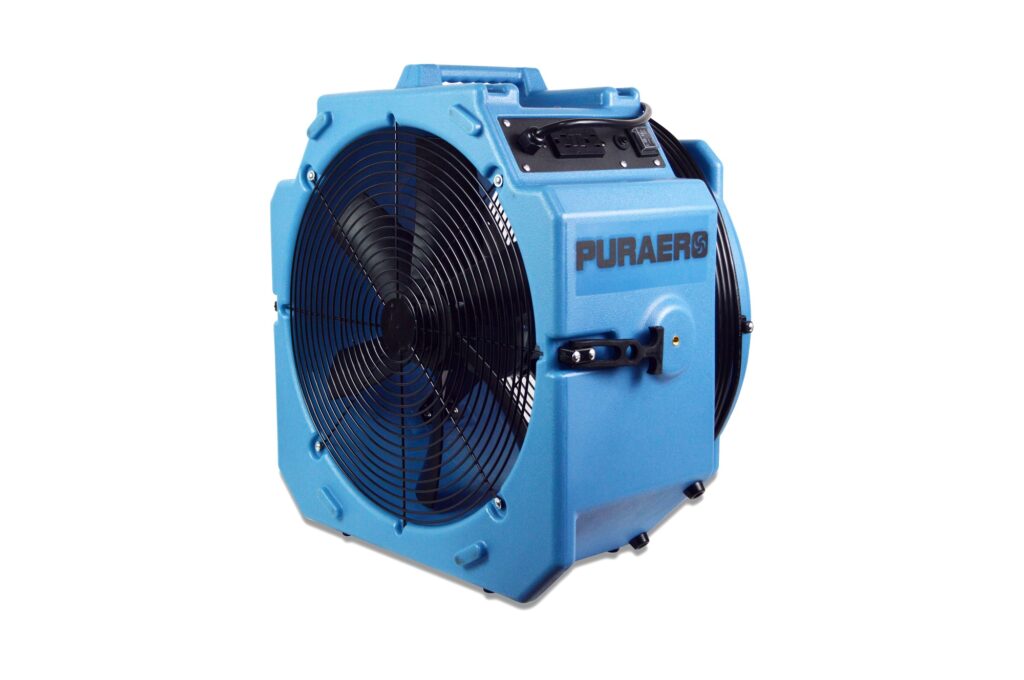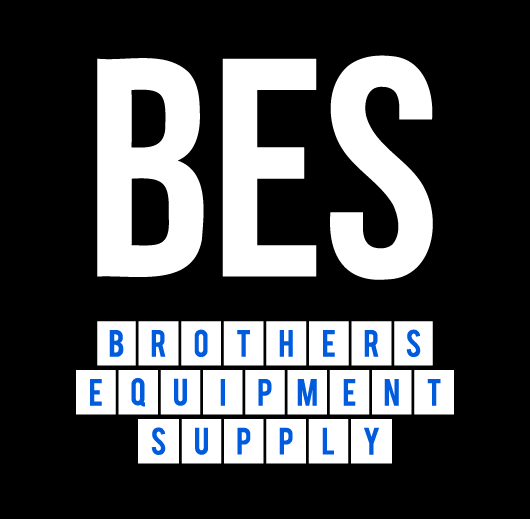
Dehumidifiers Vs. Fans: Which Works Best For What Scenarios?
Dehumidifiers Vs. Fans: Which Works Best For What Scenarios?
By: Brothers Equipment And Supply
The need for a comfortable indoor environment is universal.
Whether you’re battling high humidity or striving for better air circulation, the equipment you choose plays a significant role.
Two devices that often come up in this discussion are dehumidifiers and fans.
But which one is suitable for which scenario?
Dehumidifiers Explained
Dehumidifiers are specialized tools designed to reduce the level of humidity in the air.
By drawing moist air and cooling it, these devices condense water vapor into liquid, which is collected in a tank or drained away.
There are several types:
Refrigerative: Most common in homes, these work by cooling air to remove moisture.
Desiccant: Often used in industrial settings, these use a drying material to absorb moisture.
Thermoelectric: Relatively new, these rely on the Peltier effect to condense moisture.
The American Academy of Allergy, Asthma & Immunology states that maintaining indoor humidity below 50% can help prevent mold growth.
Thus, dehumidifiers can prove invaluable in improving air quality, safeguarding properties, and protecting sensitive items.

Fans Explained
Fans, on the other hand, primarily promote air circulation.
By creating a stream of airflow, they can cool environments and aid in evaporating moisture. They come in various styles:
Axial: Standard fans, suitable for everyday cooling.
Centrifugal: High-pressure fans, often used in water damage restoration.
Bladeless: Safe and easy to clean, offering consistent airflow.
Fans don’t remove moisture directly. However, the Environmental Protection Agency emphasizes the importance of ventilation, especially in homes, to prevent moisture buildup.
Fans, with their air circulation capabilities, can prevent stagnant air and help in the evaporation process.

Comparing The Two: Key Differences
While both dehumidifiers and fans address issues related to air quality and comfort, their approaches differ.
Dehumidifiers actively extract moisture from the air, whereas axial fans promote circulation and aid evaporation.
In terms of energy consumption, dehumidifiers generally consume more energy.
A report by Energy Star revealed that certified dehumidifiers use 15% less energy than non-certified models.
However, even the most efficient dehumidifier might still consume more power than a standard fan.
The initial investment for a good dehumidifier is typically higher than that for a fan, but maintenance costs for fans can add up over time, especially if they have many moving parts.
When To Use A Dehumidifier
- In spaces prone to high humidity, like basements or bathrooms.
- In regions with prolonged rainy seasons where humidity levels rise.
- For preservation: artifacts, valuable documents, or electronics that can degrade with moisture.
- Areas with poor ventilation, trapping moisture.
When To Use A Fan
- Drying areas quickly after minor water incidents.
- Improving air circulation in stuffy rooms.
- As an everyday solution for cooling, especially during hot weather.
- Enhancing the effectiveness of other equipment, such as dehumidifiers.

Combining The Strengths: Using Dehumidifiers And Fans Together
Sometimes, the best solution is a combination of both.
In significant water damage scenarios, a dehumidifier can extract the bulk of the moisture, while fans ensure adequate air circulation for thorough drying.
When used together, they can optimize the drying process and prevent issues like mold growth.
However, when using both simultaneously, it’s essential to ensure there’s no electrical overload.
Limitations And Considerations
Fans alone might not suffice in extremely humid conditions as they only aid in evaporation without extracting moisture. On the other hand, dehumidifiers can increase room temperature slightly due to their operation.
Understanding the specific needs of a room, considering factors like size, existing ventilation, and humidity levels, is crucial to determining the most effective equipment.
FAQs On Dehumidifiers Vs. Fans
What is the primary function of a dehumidifier?
Answer: A dehumidifier’s main function is to reduce the level of humidity in the air by extracting moisture, making the environment less favorable for mold growth and increasing comfort.
How does a fan differ from a dehumidifier in terms of function?
Answer: While a dehumidifier extracts moisture directly from the air, a fan primarily promotes air circulation, aiding in cooling and evaporation without directly removing humidity.
Can I use a fan to decrease the humidity in my home?
Answer: Fans can help in the evaporation process and improve ventilation, but they don’t remove moisture directly from the air. For significantly high humidity levels, a dehumidifier would be more effective.
Why might my room heat up when using a dehumidifier?
Answer: Dehumidifiers operate by drawing in moist air and cooling it to condense moisture. This process can produce heat, leading to a slight increase in room temperature.
Which is more energy-efficient: a dehumidifier or a fan?
Answer: Typically, a standard fan consumes less energy than a dehumidifier. However, energy consumption can vary based on the model, size, and duration of use.
In which scenarios is it best to use both a fan and a dehumidifier?
Answer: In situations with significant water damage or extremely high humidity, using both can optimize the drying process. The dehumidifier extracts moisture while the fan promotes efficient air circulation.
How do dehumidifiers aid in improving air quality?
Answer: By reducing humidity levels, dehumidifiers make environments less conducive for allergens like mold, dust mites, and mildew, thereby improving air quality.
Can I use a fan to dry out a damp basement?
Answer: While a fan can help evaporate some moisture in a damp basement, it might not be sufficient for chronic moisture issues. In such cases, a dehumidifier would be more effective in controlling humidity levels.
Do all dehumidifiers work the same way?
Answer: No, there are different types of dehumidifiers like refrigerative, desiccant, and thermoelectric. Each operates on a distinct principle, though all aim to reduce air moisture levels.
Are there any safety concerns when using dehumidifiers and fans together?
Answer: When using both simultaneously, it’s essential to ensure there’s no electrical overload and that both devices are placed securely. Always follow manufacturer guidelines for safe operation.
Conclusion
While dehumidifiers and fans both contribute to improving indoor comfort and air quality, their applications vary.
Recognizing the unique strengths of each, and sometimes using them in tandem, ensures optimal results.
Whether you’re aiming to safeguard your priceless artifacts, create a comfortable living environment, or restore a space after water damage, understanding the roles and capabilities of these tools is invaluable.
If you have any questions about our article, “Dehumidifiers Vs. Fans: Which Works Best For What Scenarios?” or need to buy air scrubbers, contact us on LiveChat, social media or at sales@brothers-equipment.com.
Related Posts
Air Movers, What Are They And How To Use Them?
What Are The Top Air Scrubber Benefits And Main Uses?
How To Get Dust Out Of The Air After Construction Work
Air Scrubbers Vs. Air Purifiers: Understanding The Differences And Benefits
Air Scrubbers: Ensuring Air Purity Where It Matters Most
Related Products
